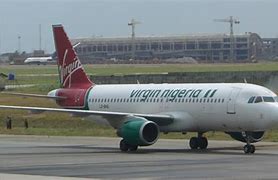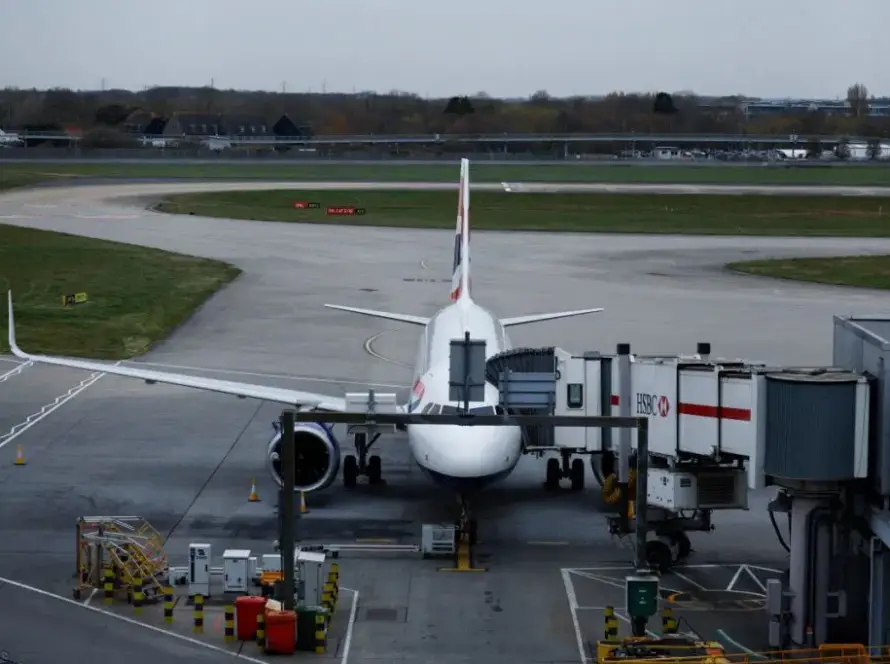The history of aviation is a story of innovation, perseverance, and the unwavering human desire to fly. From the earliest attempts at flight to the sophisticated aircraft of today, aviation has come a long way. In this article, we’ll embark on a journey through the ages, exploring the key milestones, pioneers, and technological advancements that have shaped the history of aviation.
The Early Years: 15th-18th Centuries
The concept of human flight dates back to the 15th century, when Leonardo da Vinci designed several flying machines, including the famous flapping-wing ornithopter. Although his designs were never built or flown during his lifetime, they laid the foundation for modern aerodynamics.
In the 17th and 18th centuries, inventors such as Sir Isaac Newton and Daniel Bernoulli continued to explore the principles of flight. However, it wasn’t until the late 18th century that the first successful flights took place.
The Montgolfier Brothers and the Birth of Ballooning
On November 21, 1783, the Montgolfier brothers, Joseph-Michel and Jacques-Etienne, launched the first successful manned flight in a hot air balloon. The balloon, called the “Aerostat Réveillon,” flew for 25 minutes, reaching an altitude of 6,000 feet.
The Montgolfier brothers’ achievement marked the beginning of ballooning, which became a popular form of flight in the 19th century. However, it was the development of powered, controlled, and sustained flight that would truly revolutionize aviation.
The Wright Brothers and the Dawn of Powered Flight
On December 17, 1903, Orville and Wilbur Wright successfully flew the first powered, heavier-than-air aircraft at Kitty Hawk, North Carolina. The Wright Flyer, as it came to be known, flew for 12 seconds, covering a distance of 120 feet.
The Wright brothers’ achievement marked a major turning point in aviation history. Over the next few years, they refined their design, increasing the duration and distance of their flights.
The Golden Age of Aviation: 1910s-1930s
The 1910s to 1930s are often referred to as the “Golden Age” of aviation. During this period, aviation technology advanced rapidly, and flying became more accessible to the general public.
Pioneers like Amelia Earhart, Charles Lindbergh, and Howard Hughes pushed the boundaries of flight, setting records for distance, speed, and altitude. The development of all-metal aircraft, like the Boeing 247 and the Douglas DC-3, further increased the safety and efficiency of air travel.
World War II and the Development of Modern Aviation
World War II played a significant role in shaping the modern aviation industry. The war drove innovation, leading to the development of new aircraft designs, materials, and technologies.
The introduction of jet engines, radar, and other advanced systems transformed the face of aviation. The first commercial jet airliner, the de Havilland Comet, entered service in 1952, marking the beginning of the modern jet age.
The Space Age and Beyond: 1950s-Present
The 1950s and 1960s saw the dawn of the space age, with the launch of Sputnik 1 and the first human spaceflight by Yuri Gagarin. The development of satellite technology, space stations, and reusable spacecraft has continued to push the boundaries of aviation and space exploration.
Today, the aviation industry is a global network of airlines, airports, and manufacturers, with commercial air travel safer and more accessible than ever before.
The history of aviation is a rich and fascinating story, marked by innovation, perseverance, and human ingenuity. From the earliest attempts at flight to the sophisticated aircraft of today, aviation has come a long way. As we look to the future, it’s clear that the spirit of exploration and discovery that has driven aviation history will continue to shape the industry for generations to come.
L’histoire de l’aviation : un voyage dans le temps
L’histoire de l’aviation est une histoire d’innovation, de persévérance et de désir humain inébranlable de voler. Depuis les premières tentatives de vol jusqu’aux avions sophistiqués d’aujourd’hui, l’aviation a parcouru un long chemin. Dans cet article, nous embarquerons pour un voyage à travers les âges, explorant les étapes clés, les pionniers et les avancées technologiques qui ont façonné l’histoire de l’aviation.
Les premières années : XVe-XVIIIe siècles
Le concept du vol humain remonte au XVe siècle, lorsque Léonard de Vinci conçut plusieurs machines volantes, dont le célèbre ornithoptère à ailes battantes. Bien que ses créations n’aient jamais été construites ou pilotées de son vivant, elles ont jeté les bases de l’aérodynamique moderne.
Aux XVIIe et XVIIIe siècles, des inventeurs tels que Sir Isaac Newton et Daniel Bernoulli ont continué à explorer les principes du vol. Cependant, ce n’est qu’à la fin du XVIIIe siècle que les premiers vols réussis eurent lieu.
Les frères Montgolfier et la naissance de la montgolfière
Le 21 novembre 1783, les frères Montgolfier, Joseph-Michel et Jacques-Etienne, lancent avec succès le premier vol habité en montgolfière. Le ballon, appelé « Aérostat Réveillon », a volé pendant 25 minutes, atteignant une altitude de 6 000 pieds.
L’exploit des frères Montgolfier marque le début de la montgolfière, qui devient une forme de vol populaire au XIXe siècle. Cependant, c’est le développement d’un vol propulsé, contrôlé et soutenu qui allait véritablement révolutionner l’aviation.
Les frères Wright et l’aube du vol motorisé
Le 17 décembre 1903, Orville et Wilbur Wright ont piloté avec succès le premier avion propulsé plus lourd que l’air à Kitty Hawk, en Caroline du Nord. Le Wright Flyer, comme on l’appelait, a volé pendant 12 secondes, couvrant une distance de 120 pieds.
La réussite des frères Wright a marqué un tournant majeur dans l’histoire de l’aviation. Au cours des années suivantes, ils peaufinent leur design, augmentant la durée et la distance de leurs vols.
L’âge d’or de l’aviation : années 1910-1930
Les années 1910 à 1930 sont souvent qualifiées de « l’âge d’or » de l’aviation. Au cours de cette période, la technologie aéronautique a progressé rapidement et le vol est devenu plus accessible au grand public.
Des pionniers comme Amelia Earhart, Charles Lindbergh et Howard Hughes ont repoussé les limites du vol, établissant des records de distance, de vitesse et d’altitude. Le développement d’avions entièrement métalliques, comme le Boeing 247 et le Douglas DC-3, a encore accru la sécurité et l’efficacité du transport aérien.
La Seconde Guerre mondiale et le développement de l’aviation moderne
La Seconde Guerre mondiale a joué un rôle important dans l’évolution de l’industrie aéronautique moderne. La guerre a favorisé l’innovation, conduisant au développement de nouvelles conceptions, matériaux et technologies d’avions.
L’introduction des moteurs à réaction, des radars et d’autres systèmes avancés a transformé le visage de l’aviation. Le premier avion de ligne à réaction commercial, le De Havilland Comet, est entré en service en 1952, marquant le début de l’ère moderne des avions à réaction.
L’ère spatiale et au-delà : des années 1950 à aujourd’hui
Les années 1950 et 1960 voient l’aube de l’ère spatiale, avec le lancement de Spoutnik 1 et le premier vol spatial habité de Youri Gagarine. Le développement de la technologie satellitaire, des stations spatiales et des engins spatiaux réutilisables a continué de repousser les limites de l’aviation et de l’exploration spatiale.
Aujourd’hui, l’industrie aéronautique est un réseau mondial de compagnies aériennes, d’aéroports et de constructeurs, rendant le transport aérien commercial plus sûr et plus accessible que jamais.
L’histoire de l’aviation est une histoire riche et fascinante, marquée par l’innovation, la persévérance et l’ingéniosité humaine. Depuis les premières tentatives de vol jusqu’aux avions sophistiqués d’aujourd’hui, l’aviation a parcouru un long chemin. Si nous regardons vers l’avenir, il est clair que l’esprit d’exploration et de découverte qui a animé l’histoire de l’aviation continuera de façonner l’industrie pour les générations à venir.



